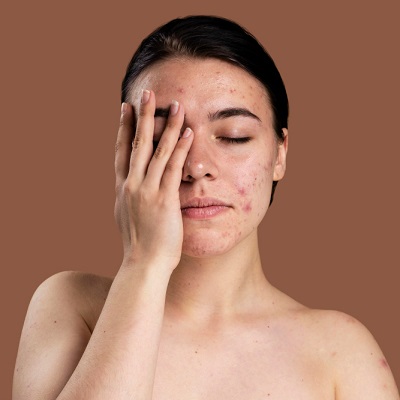Acne scars are the lingering evidence of breakouts that once occupied the skin. These scars develop when inflammation from acne damages the skin tissue, leading to permanent indentations or discoloration. For individuals with oily skin, the problem can be even more challenging. Excess sebum production not only triggers acne but also affects the healing process, making scars more noticeable and stubborn.
Oily skin, due to overactive sebaceous glands, often experiences clogged pores, blackheads, and recurrent breakouts. Over time, if not treated correctly, these breakouts can lead to different types of acne scars such as icepick, rolling, and boxcar scars. People seeking Acne Scar Treatment In Dubai often face this combined challenge, requiring a treatment plan that addresses both the scars and the skin’s oiliness.
Why Oily Skin Is Prone to Acne Scars
The structure and behavior of oily skin contribute significantly to acne development and scarring. When oil mixes with dead skin cells and bacteria, it clogs pores, triggering inflammatory acne. Inflammatory acne, such as cysts and nodules, causes deeper skin damage, which is more likely to result in scarring. Furthermore, excess oil can interfere with the body’s natural wound healing process, increasing the likelihood of long-term scars.
Types of Acne Scars Common in Oily Skin
Understanding the types of scars you may have is essential for choosing the right treatment:
Icepick Scars
These are deep, narrow scars that extend into the dermis. They resemble small holes and are particularly difficult to treat with surface-level products.
Boxcar Scars
Wider than icepick scars, boxcar scars have sharp edges and a sunken appearance. They often form on the cheeks and are a result of severe acne.
Rolling Scars
These are shallow depressions with soft edges that give the skin a wavy texture. Rolling scars are typically caused by long-term inflammation and collagen loss.
Skincare Essentials for Oily, Scar-Prone Skin
Use a Gentle Cleanser
Oily skin needs regular cleansing, but harsh soaps can strip the skin, increasing oil production. Opt for a gentle, pH-balanced cleanser that removes impurities without disrupting the skin barrier.
Exfoliate Wisely
Exfoliation helps remove dead skin cells, which can reduce clogged pores and improve the appearance of scars. However, avoid over-exfoliation. Use a chemical exfoliant like salicylic acid or glycolic acid 2–3 times a week.
Apply Non-Comedogenic Products
Every product used on oily skin should be labeled non-comedogenic to prevent further pore blockages. This includes sunscreens, moisturizers, and makeup.
Sun Protection is Key
UV exposure can worsen the appearance of acne scars. A broad-spectrum SPF 30+ sunscreen helps prevent pigmentation and supports the healing process.
When to Seek Professional Guidance
If your acne scars are persistent or affecting your self-esteem, it's time to consult a skincare professional. An expert can assess your skin type, scar severity, and create a personalized treatment plan. Early intervention often leads to better outcomes, especially for those with oily, acne-prone skin. Combining professional treatments with a diligent skincare routine tailored for oily skin will yield long-term benefits. Effective acne scar treatment often includes customized approaches that address both the surface scarring and the underlying oil imbalance.
Final Thoughts
Treating acne scars on oily skin can be challenging, but it’s far from impossible. With the right combination of skincare, advanced treatments, and lifestyle changes, significant improvement is achievable. Patience and consistency are key, as scar healing takes time. Whether through in-office procedures or home care, understanding your skin’s needs is the first step toward smoother, clearer skin.





Comments